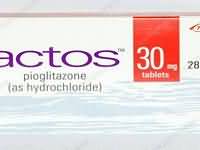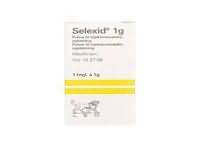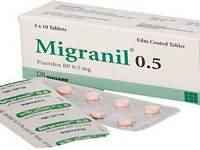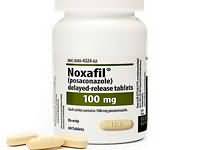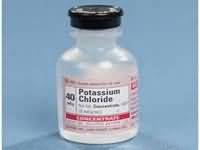Lanthanum carbonate

Lanthanum carbonate
CLINICAL USE
Phosphate binder in patients with CKD 5
DOSE IN NORMAL RENAL FUNCTION
Usually 750 mg – 1.5 g 3 times a day with meals
PHARMACOKINETICS
Molecular weight :457.8 %Protein binding :>99.7 %Excreted unchanged in urine : Negligible Volume of distribution (L/kg) :Not absorbedhalf-life – normal/ESRD (hrs) :36 DOSE IN RENAL IMPAIRMENT
GFR (mL/MIN)
20 to 50 : Dose as in normal renal function 10 to 20 : Dose as in normal renal function <10 : Dose as in normal renal function DOSE IN PATIENTS UNDERGOING RENAL REPLACEMENT THERAPIES
CAPD :Not dialysed. Dose as in normal renal function HD :Not dialysed. Dose as in normal renal functionHDF/high flux :Not dialysed. Dose as in normal renal functionCAV/VVHD :Not dialysed. Dose as in normal renal function IMPORTANT DRUG INTERACTIONS
Potentially hazardous interactions with other drugs Antifungals: absorption of ketoconazole reduced – give at least 2 hours apartAntimalarials: absorption of chloroquine and hydroxychloroquine possibly reduced – give at least 2 hours apart ADMINISTRATION
Reconstition
– Route
Oral Rate of Administration
–Comments
Must be chewed WITH food; do not take before meals OTHER INFORMATION
Following ingestion, lanthanum carbonate is converted in the GI tract to the insoluble lanthanum phosphate, which is not readily absorbed into the blood Bioavailability of drugs administered concomitantly may be reduced due to binding by lanthanum carbonateVery little is absorbed If not taken with meals, may result in vomiting
See how to identify renal failure stages according to GFR calculation
See how to diagnose irreversible renal disease
Home

